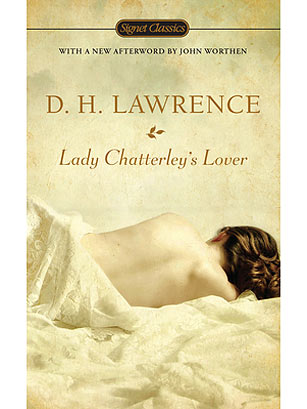
D.H. Lawrence's Lady Chatterley's Lover is about an aristocratic woman who finds escape from a frustrated marriage in the arms (and other body parts) of her husband's gamekeeper. The book itself, though rife with unprintables, is rivaled for scandal by the history of its publication. It was printed in Italy and France in the 1920s, but banned in the U.S. and U.K. In its obscenity trial in the U.S.—featured in the March 31, 1930, issue of TIME—included show-stopping moments like when South Carolina's Coleman Livingston Blease argued in favor of censorship, saying he would be happy to "see the democratic and republican form of government forever destroyed if necessary to protect the virtue of the womanhood of America." The book was not published in the U.S. for almost three more decades. In England, the literary merit of the unexpurgated version triumphed in a 1960 obscenity trial — and when Chatterley finally made it to British bookshelves in November of that year, the first print run sold out in one day.